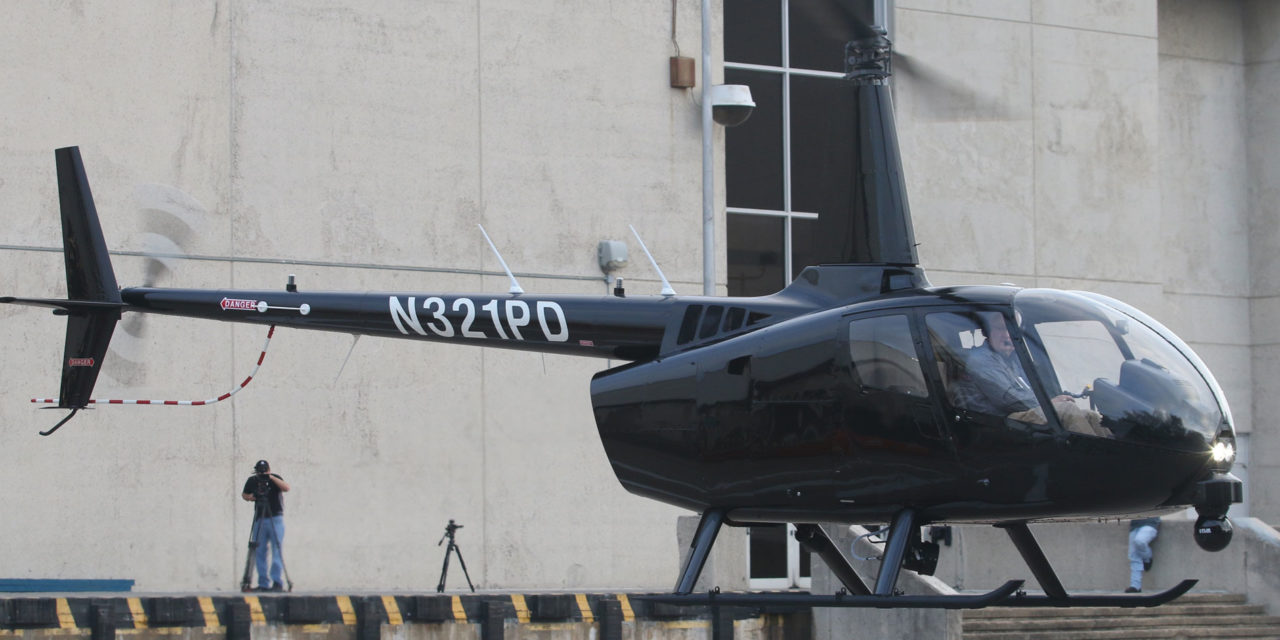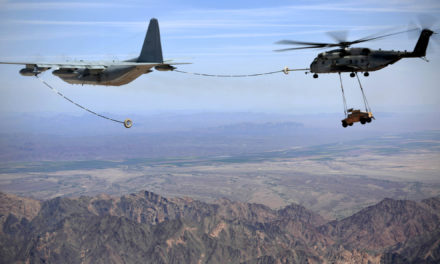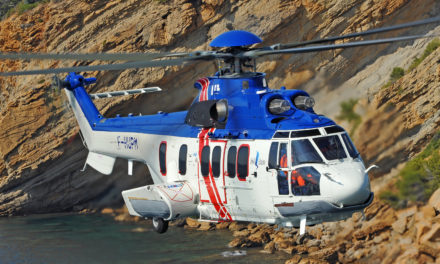The idea is still in its early stages. A proposal for a regulatory amendment was submitted by the European Helicopter Association to the European Aviation Safety Agency. Should the project, after consultation, become a regulatory task and should European authorities decide to give it life once the sluggish process is over, single-engine helicopters could offer public transport operations and see their current operational restrictions relaxed. For the EHA, it looks promising.
Despite the fact that since October 2014 European regulation has gradually prohibited flights over populated areas below a certain altitude by a single-engine helicopters for public transport operations, the consensus in Europe, “was never entirely agreed to on this matter”. According to Dominique Orbec, president of the French Helicopter Union (Union française de l’hélicoptère – UFH) and board member of the European Helicopter Association (EHA), this allegation provided a starting point for a proposal that the EHA recently submitted to the European Aviation Safety Agency (EASA). The idea put forward by this proposal does not support a return to earlier measures back when everything, or just about, ranging from aerial work or personal transport used single-engine helicopters. The initiative aims to “enable smaller helicopter transport and aerial work companies operating over land to increase their service offerings, in other words to become local operators once again for their potential clients, on a regional or broader scale”, stated France’s EHA representative.
Single-engine aircraft and rotorcraft: two separate cases
While it took time for the European Helicopter Association’s initiative to mature into a proposal for the EASA to amend European regulation in favor of single-engine helicopters, from the outset the EASA “has shown itself to be open to the proposal”, stated Dominique Orbec.
While the EASA confirms this, Eric Bennett, helicopter operations rulemaking officer for the agency states that rotorcraft as opposed to fixed-wing aircraft, “are only operated in visual flight, and mainly during the day – instrument flight is only conducted with large machines, especially in the North Sea, which means that it is relatively marginal in relation to the volume of all fleets operated in Europe”. In other words, the easing of regulation effective since last winter for single-engine turboprops in commercial operations in IMC (Instrument Meteorological Conditions) and at night cannot be directly transposed to single-engine helicopters. However, this regulatory development applicable to certain aircraft “has provided leverage” for promoting dialog with the EASA on such helicopters, stated the EHA board member. “The studies that led to tough operational restrictions for single-engine helicopters were based on debatable statistics, to the point where it is impossible to prove the greater danger of a single engine over a twin engine”, he stated. Prior to adding, “a failure on a single engine is easier to manage than on a twin engine”.
Study and consultation
Without getting into another dispute between experts, the EASA has agreed to conduct a study and consult with member states in order to review the extent to which an easing of operating restrictions would be deemed acceptable and profitable to all stakeholders. More specifically, “if the decision to amend the current regulation is agreed, single-engine rotorcraft could once again take off and land in urban areas, since they would be authorized to fly over populated areas at low altitude for a short period of time”, said Eric Bennett. However, he added “medical transport missions will likely be excluded from the scope of any amendment”. From a French perspective, this would mean that the Paris heliport (Issy-les-Moulineaux) could, for example, once again receive single-engine helicopters for public transport operations. “In general, in European metropolitan areas, helicopters are directed to heliports which are often located near a body of water and where the problem of flying over populated areas does not arise, or at least not in the same way”, stated Eric Bennett.
When asked about the case of the United States, where single-engine helicopters are used more frequently including for emergency medical transport, the EASA officer stated that “the risk of an engine failure is taken into account differently on the other side of the Atlantic. First of all, heliports for major agglomerations are insofar as possible located near a body of water. Secondly, this same risk is taken into consideration for helicopter trajectories, agreed in advance and generally follow the path of major roadways – large cities in the US are far less dense than in Europe. The risk is therefore not the same from one continent to the next, nor is the way it is integrated in the study. I should add that US authorities have a different opinion than us on the risk of engine failure, which they consider negligible in relation to the other sources of danger related to operating a helicopter, in particular human error.”
Outlook 2022
Back in Europe. The project currently under review by the EASA is therefore in its preliminary phase. Should it succeed there would be other steps. How much time could it take? “If we decide to take on this project, a target could be set for 2020, which would require completing a draft amendment by the end of 2018 or early 2019. Another year would then be needed to collect and take into account comments and produce a European draft regulation, which would then be submitted to the European democratic bodies, adding another 18 months. So 2020 for the EASA to complete its work and 2021-2022 for an amendment to European regulation”, explained Eric Bennett. Until then, the decision to create a working group composed of industry stakeholders (manufacturers and operators) should be made “in the coming weeks”.
The simple fact that the EASA welcomed the EHA proposal, according to Dominique Orbec “is a positive sign” that the Agency “implicitly recognizes that there are grounds for reform”. In time, this could lead to the return of single-engine helicopters for public transport in European skies, and consequently result in “the recovery of its place in fleets across Europe,” stated the EHA representative. He continued: “There is another promising sign in this case, the French civil aviation authorities have supported the EHA proposal.”
The opinion of other EU national authorities remains to be seen. At its origin the current regulation is based on the position of certain EU member states, which resulted in the situation currently facing single-engine helicopter operators, regardless of whether they supported it. Debates will continue and promise to be lively…
By François Blanc
















